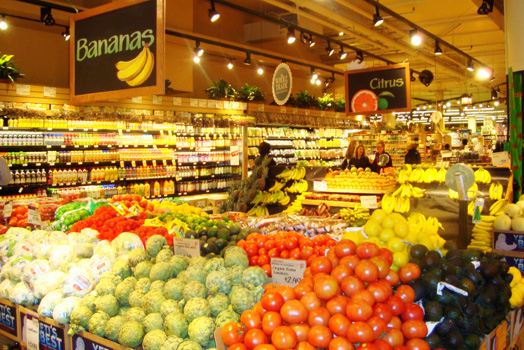Food could be considered an ultimate visualization factor because our digestive system anticipates food before it even enters our bodies. The cephalic, or anticipatory, phase of digestion occurs at the thought, sight, or smell of food. A neural reflex, involving the activation of the vagus nerve, sends excitatory signals to the enteric nervous system (part of the nervous system that controls gastrointestinal function). The signals cause the release of digestive hormones in the stomach. Our bodies are ready and willing to eat what's coming.
Imagine if billboards and television advertisements were filled more often with photographs of healthy foods. Instead of denying sugary cereals of their cartoon mascots, advertisements could focus more on glorifying grains, fruit, vegetables, etc. Instead of magazine covers and billboards focusing on the outcome of a strong and fit body, focus on the source.
A cursory Google image search for fast food billboards does not demonstrate any of the healthy options (e.g. apple slices for a side substitution at McDonald's or Wendy's, salads, etc.). Also try to recall the last time you saw a savory plate of a healthy homecooked meal on your television screen.
Could this be a part of the equation for people to start making healthier choices? Just daily visual exposure of healthy food. It's so simple that it might just work.

No comments:
Post a Comment